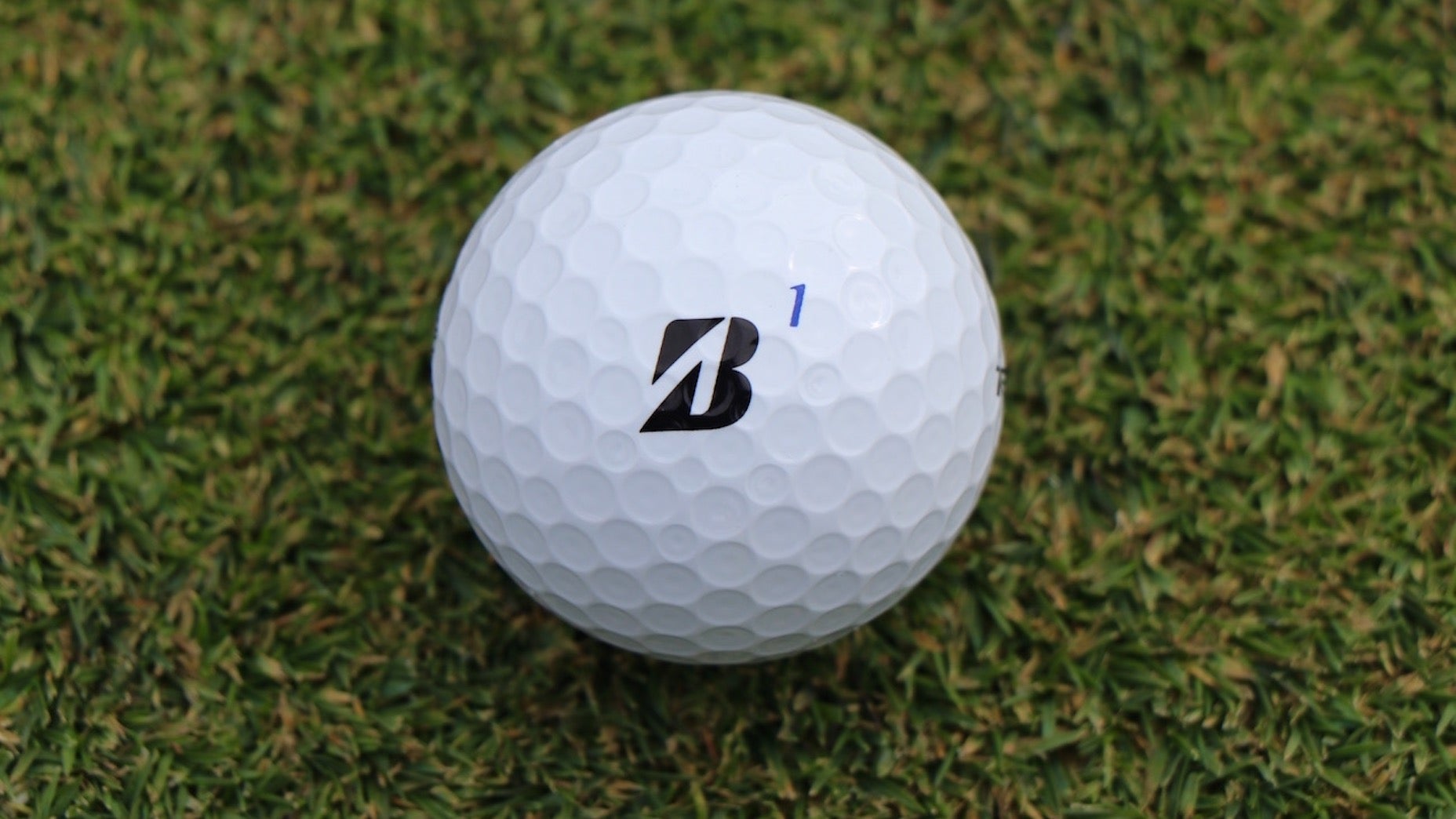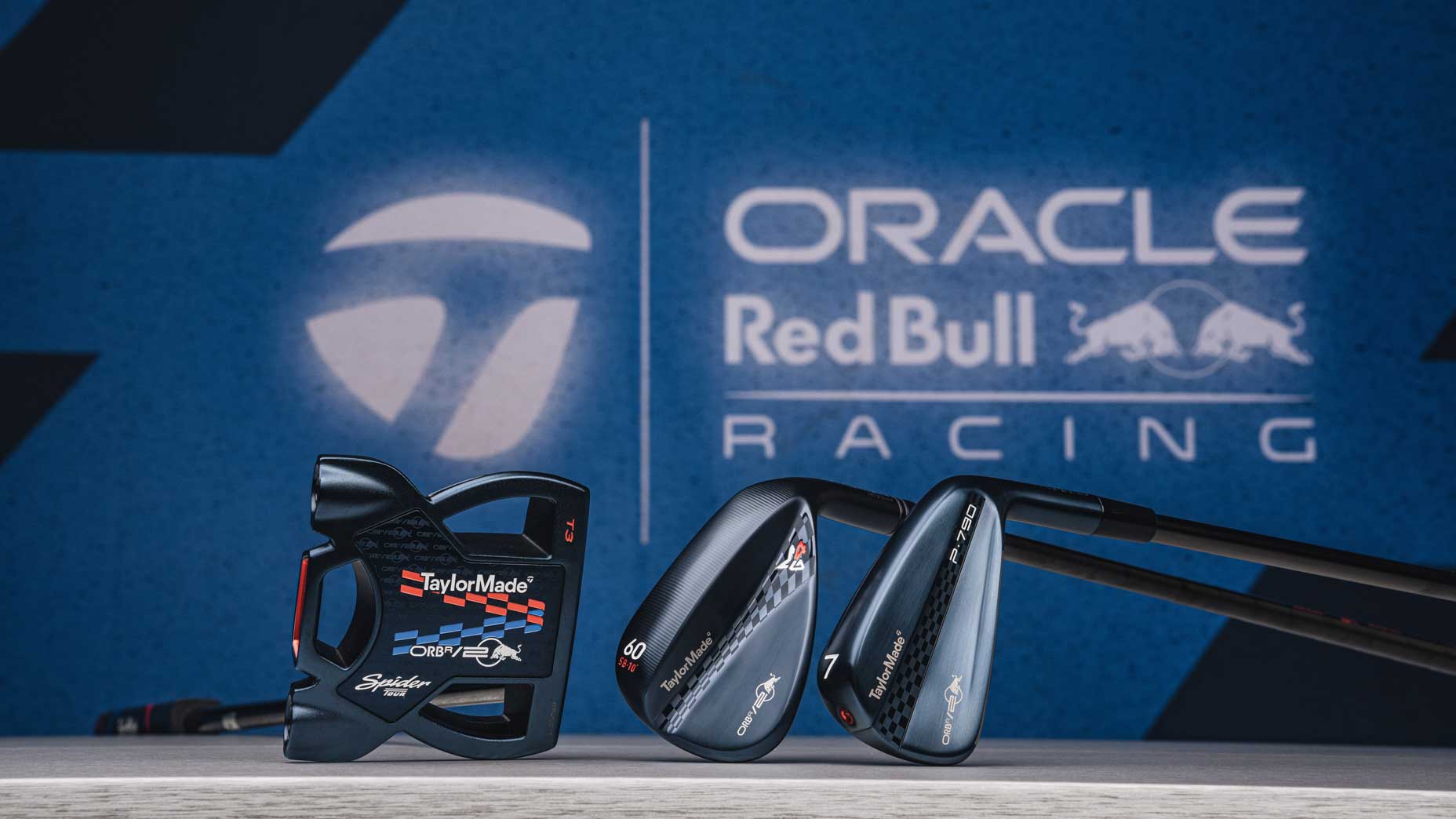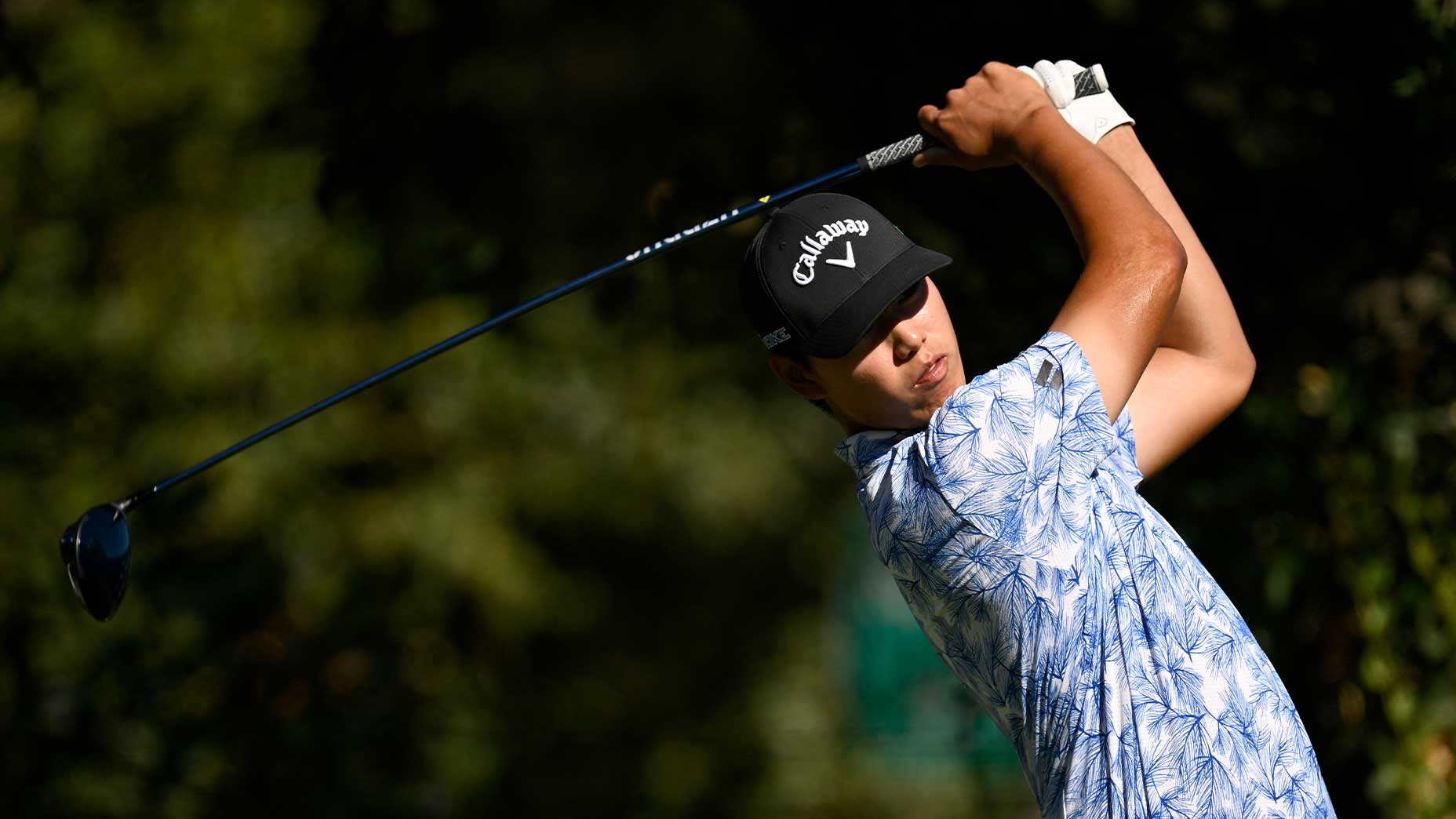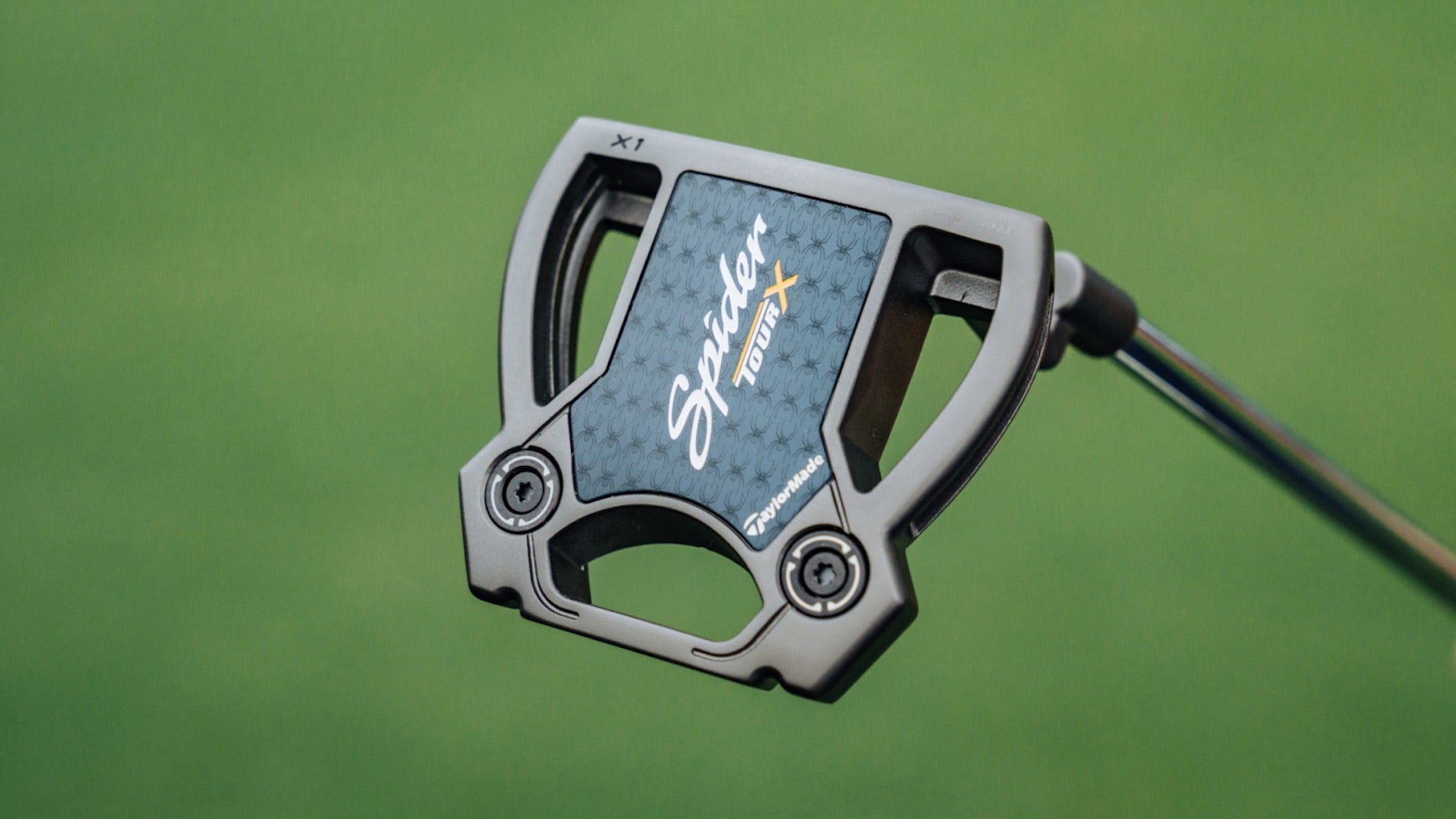Wall-to-Wall Equipment: Detailing the club that separated Dustin Johnson from his peers at Augusta
- Share on Facebook
- Share on Twitter
- Share by Email
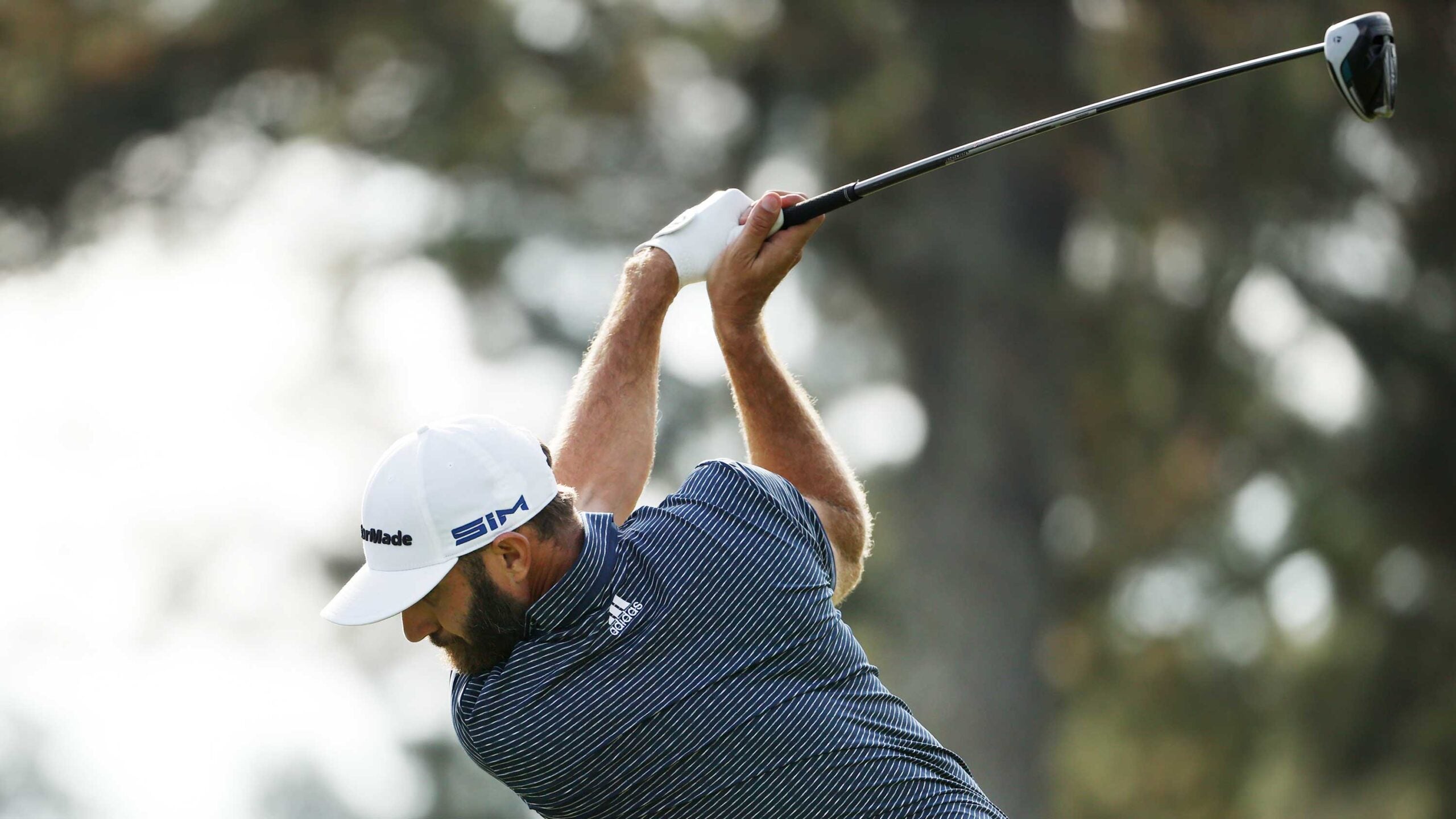
Dustin Johnson has always been able to rely on his driver. That was once again the case at the Masters.
Getty Images
Welcome to Wall-to-Wall Equipment, the Monday morning gear wrap-up in which GOLF equipment editor Jonathan Wall takes you through the latest trends, rumors and breaking news.
Drive for dough (and majors)
After all these years, it remains Dustin Johnson’s greatest on-course advantage. I’m not talking about the Teflon personality that allows him to seemingly shrug off mistakes and soul-crushing major defeats with ease. It’s the driver — a club that continues to separate Johnson from his peers, including arguably the longest in the history of the game.
In an era where distance can give you a distinct advantage over your peers, Johnson possesses a unique blend of distance and accuracy that almost none of his peers can match. One could debate he’s the greatest driver of the ball we’ve ever seen. (It’s also the club that ultimately helped Johnson land his first equipment contract with TaylorMade.)

TaylorMade SIM Driver
$549.99
View Product
Johnson refrained from making any changes to his TaylorMade SIM driver during his Masters rout, which doesn’t come as a surprise. The newest green jacket owner rarely alters his 10.5-degree head. If you were to look under the hood of Johnson’s driver, you’d find something that looks fairly similar to the retail version at your local golf shop. No hot melt or special tricks to give DJ an extra edge.
“I’ve never had to do any hot melt adjustments inside the head that are unique,” said TaylorMade Tour rep Keith Sbarbaro. “He doesn’t like to do that. So generally we just give him the driver as designed. He can move the weights around himself. There’s nothing secret. It’s not much different than the one you buy off the shelf to be quite honest. It’s the same length and everything.”
The no-frills setup extends to other areas of Johnson’s driver. Fujikura’s Speeder Evolution II Tour Spec has been his go-to shaft going back to Johnson’s time in school at Coastal Carolina University. He also isn’t afraid to make his own tweaks to the loft sleeve and adjustable weight track.
Johnson isn’t a certified club-fitter, but as Sbarbaro noted, he’s knowledgable enough to know how an adjustment will affect his launch and shot-shape characteristics.
“He’ll tinker with the loft a little bit depending on the week and depending on how he’s swinging,” Sbarbaro said. “He’ll take it up and down. He’ll move the weight around in the SIM. He’s got it a little more on the toe now to help with a little bit of a fade. He understands what he’s doing with the fitting. That’s why you have adjustable drivers, so you can play around with it depending on the week.”
Johnson was once again in control of the big stick at Augusta National, where he averaged 306.7 yards, hit the fairway at an impressive 78.5 percent clip, and came close to pulling off golf’s version of a “perfect game.”
Everything was clicking for Johnson during the week, but as is usually the case, it started with the driver.
Back on top

Titleist won all six major equipment category counts (driver, fairway wood, hybrid, utility iron, irons and wedges), including golf ball, at the 2020 Masters. The clean sweep was highlighted by a return to the top in the driver category for the first time since 2000.
Titleist had a total of 29 drivers in play, with TSi (19 TSi3, 3 TSi2, 1 TSi4) leading the way. Nine players without equipment agreements chose to use the driver, including four of the six amateurs in the field.
Looking ahead

The 2021 Masters is a mere 144 days away, but who’s counting? During the time in between, Bryson DeChambeau plans to spend it working on the relationship between his golf ball and scoring clubs.
“We’re going to try and work on a golf ball that will fit a little better with my wedges,” said DeChambeau, who recently signed a multi-year extension with Bridgestone. “My wedges are still — this week I’d hit wedges in, on 1 I hit one and it spun 30 feet back and off the green. I can’t hit anything less than what I did. It was a 110‑yard shot and I took it back halfway and through and went through and it spun back 30 feet.
Tiger Woods, Bryson DeChambeau sign long-term ball extensions with BridgestoneBy: Jonathan Wall
“I’ve got to work on some ball stuff,” he continued. “I’ve gone through the whole club scenario. That’s as much as I can do there. So hopefully we can come up with a ball that will do some more things that will be helpful.”
DeChambeau is already working on something different in the ball department. Elliot Mellow, Bridgestone’s golf ball marketing manager, recently told GOLF.com that the reigning U.S. Open champion had presented a new material/technology to the company’s R&D team, and that it “has developed into something larger that could be a cornerstone technology for us.”
Crank it up

Recognizing carry distance would be far more important on a soft layout, a number of players chose to added higher lofted fairway woods to the bag for the second shot into several of Augusta National’s gettable par 5s.
Tommy Fleetwood added a 21-degree Titleist TSi2 7-wood (Fujikura Ventus Black 8X shaft; B1 SureFit setting) that he shortened to 41 inches to get the yardage gap he was seeking for the week. (It’s important to point out Fleetwood has been working on finding the best 7-wood for his game since last year.)
Adam Scott (21-degree TSi2), Matthew Wolff (TaylorMade P770 3-iron), Jon Rahm (18-degree SIM) and Abraham Ancer (TP UDI #4) were a few of the notable names who chose to add higher lofted fairway woods and utility irons to the bag for the year’s final major.
Going low
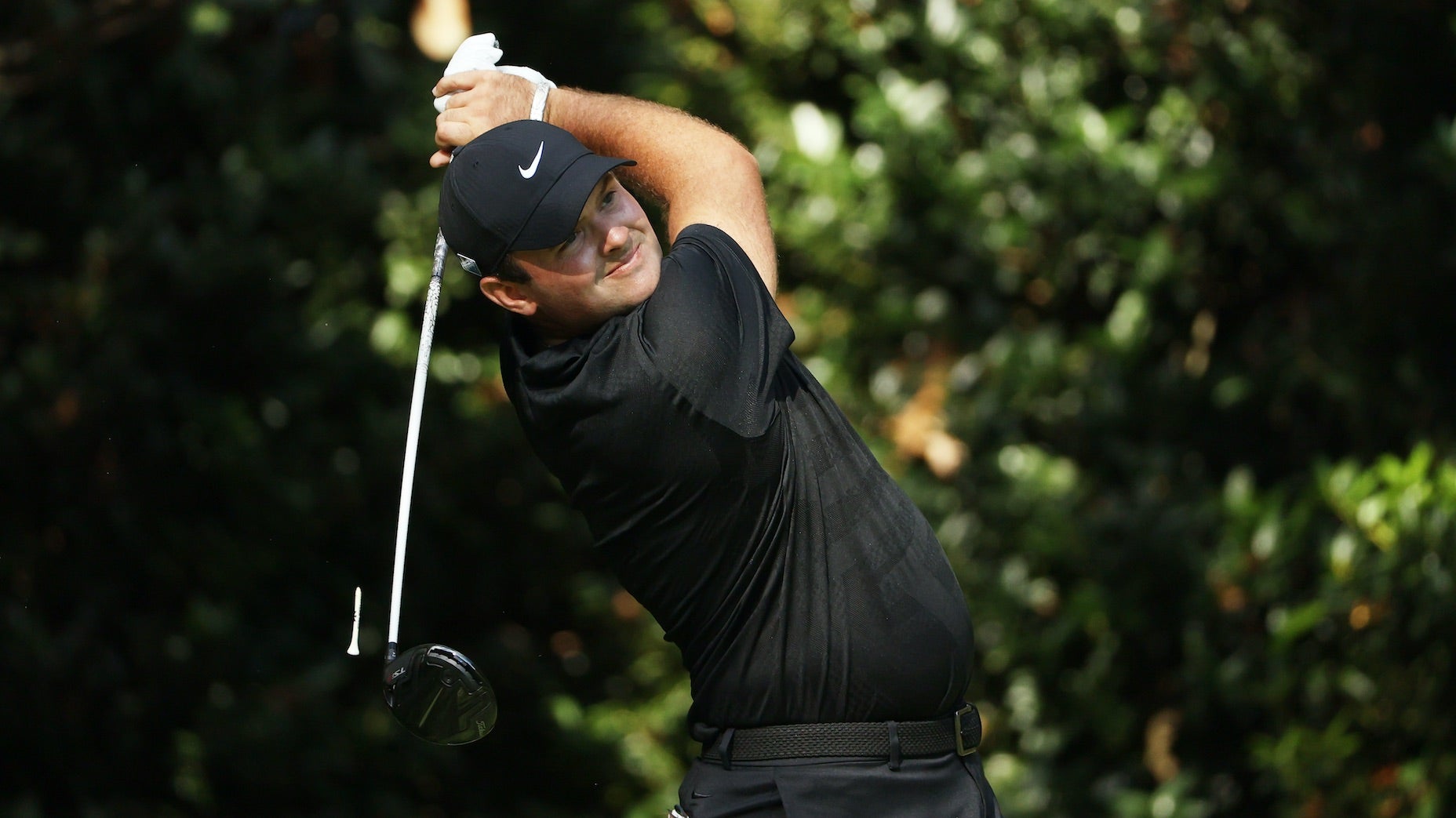
Seeking lower spin with the driver, Patrick Reed spent time testing Titleist TSi3 driver during the BMW PGA Championship but didn’t officially put it in play until the Masters. Working with Titleist Tour rep Liam McDougall, Reed found a lower spin rate with his preferred draw shot shape during practice rounds, which prompted the change. Reed’s 9-degree TSi3 was equipped with an Aldila Rouge Silver 125 MSI 70 2.5 shaft.
Reverse course

Many players in the field chose to add bounce to their wedges for the soft turf conditions. Justin Thomas wasn’t one of them. According to Vokey Tour rep Aaron Dill, Thomas reached out prior to the Masters to see if he could lower the bounce on his Vokey WedgeWork lob wedge.
“Justin called me before the Masters wanting to try something new,” Dill told GOLF.com via text. “Felt his current wedge was a little slow in the ground and maybe had too much bounce. He currently uses a 60T which is already a lower bounce option around 4 degrees. He is a phenomenal wedge player so low bounce is no problem for him. After our discussion I came up with two options since I wanted to cover both bases in case he felt he needed less bounce but actually needed more.”
Dill made Thomas a version of his usual 60T lob wedge with the ribbon removed to help speed up the wedge through the turf. The other option was a 60-80M with the same ribbon remove. The wider sole provided more “sole depth,” creating a level of forgiveness in difficult situations.
So which lob wedge did Thomas end up picking?
“[Justin] said he loved the low bounce version we sent and he felt very comfortable with it,” Dill said. “When the bag came to the van for loft/lie and spec checks I saw he had the 60T with ribbon removed.”
Quick-hitters: Brooks Koepka returned to TaylorMade’s M5 driver. … Danny Willett took on Augusta National without a driver. … More wedge bounce was a popular choice. … Rory McIlroy played TaylorMade’s TP5 “Peach” golf ball.
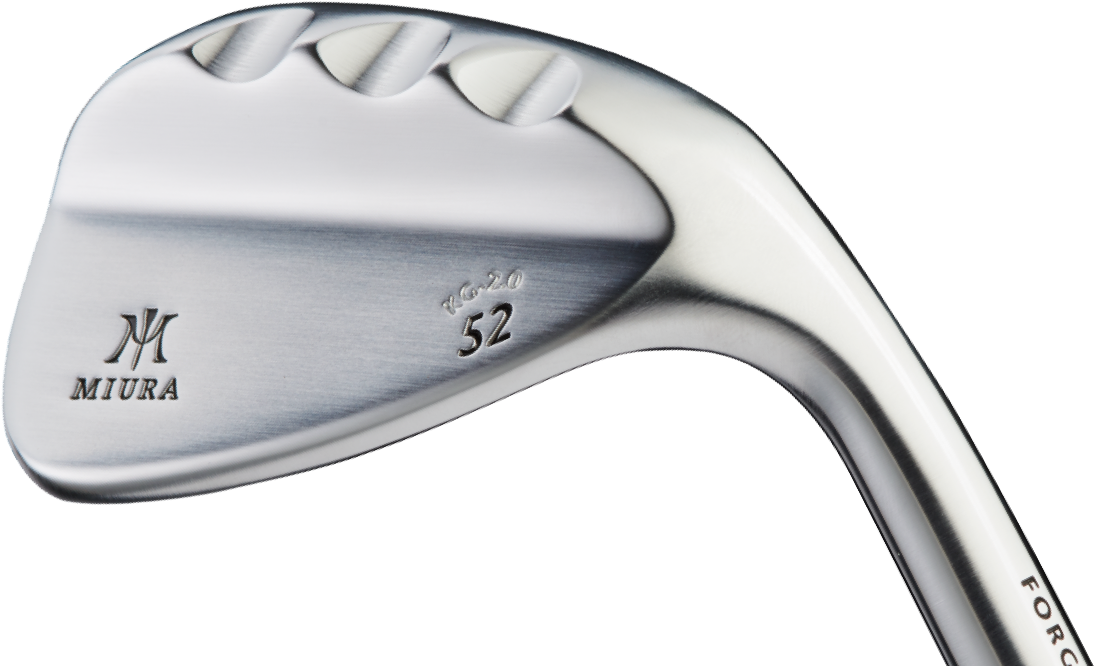
Latest In Gear

Jonathan Wall
Golf.com Editor
Jonathan Wall is GOLF Magazine and GOLF.com’s Managing Editor for Equipment. Prior to joining the staff at the end of 2018, he spent 6 years covering equipment for the PGA Tour. He can be reached at jonathan.wall@golf.com.

